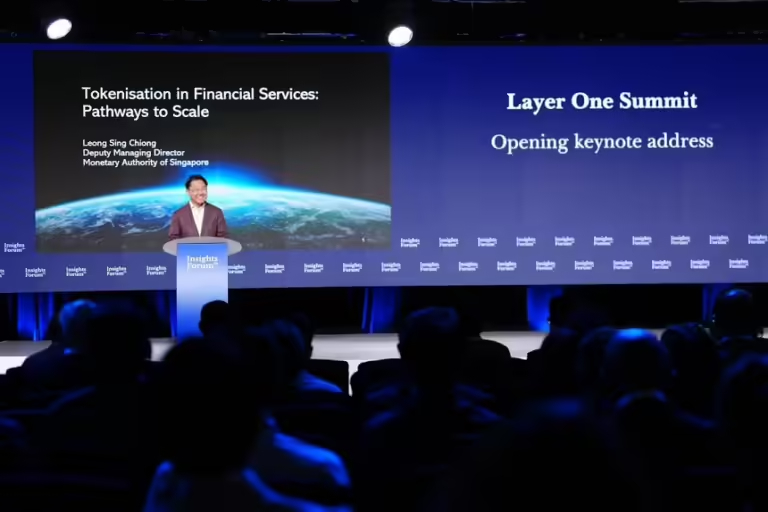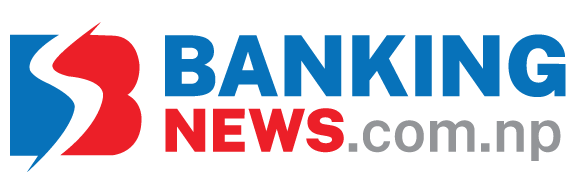Singapore, 4 November 2024 – Speaking at the Layer One Summit, Deputy Managing Director Leong Sing Chiong of the Monetary Authority of Singapore (MAS) outlined four strategic pillars for scaling tokenisation across financial services. The MAS initiative, part of Project Guardian, aims to support the widespread adoption of tokenised assets and deepen liquidity in global markets.
Four Key Pillars for Tokenisation Growth
- Liquidity Enhancement
Leong emphasized the importance of liquidity for tokenised assets, advocating for collaborative networks to support payments, capital raising, and secondary trading. To this end, MAS has been instrumental in the formation of the Guardian Wholesale Network, a group including Citi, HSBC, and UOB. This network is designed to connect multiple participants across currencies and asset types to stimulate primary and secondary market liquidity. - Foundational Digital Infrastructure
MAS’s Global Layer One (GL1) initiative is focused on creating a foundational public permissioned network. This digital infrastructure, governed by global banks like BNY and Citi, is designed to allow regulated institutions to transact across borders seamlessly. Notable new members, such as Euroclear and HSBC, are contributing to the development of GL1’s infrastructure to support digital financial applications like cross-border payments. - Standardised Frameworks and Protocols
To ease the costs and complexities of implementing tokenised assets, MAS is launching two industry standards: the Guardian Fixed Income Framework and the Guardian Funds Framework. These frameworks provide guidelines for tokenising fixed income and fund management, facilitating greater industry-wide adoption. - Common Settlement Assets
MAS also announced the SGD Testnet, an initiative that allows financial institutions to use the Singapore dollar CBDC for settlement. Key features include automated compliance checks and integration with existing financial market infrastructure. Initial participants include DBS, OCBC, and Standard Chartered, with MAS encouraging more institutions to join with innovative use cases.
Towards a Scalable Tokenisation Future
Leong noted that while there is “strong interest” from financial institutions, achieving widespread industry adoption will require collaboration and commitment. The MAS strategy offers a roadmap toward a globally interconnected tokenised ecosystem, with potential benefits in transaction efficiency and cross-border interoperability.
This multi-pronged approach is part of Singapore’s vision to lead in digital asset infrastructure, aligning with ongoing efforts by central banks and global policymakers, such as the IMF and Deutsche Bundesbank, to create robust standards for tokenisation.



 About Us
About Us
Comment